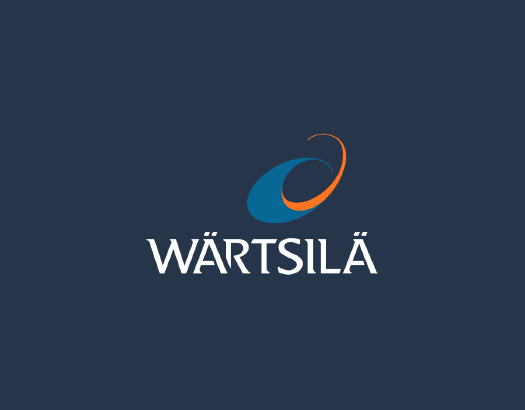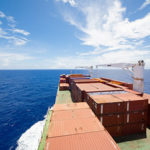Technology group Wärtsilä has signed a Lifecycle Agreement with CMA Ships, a subsidiary of leading French shipping company CMA CGM. The agreement covers 14 large LNG-fuelled container ships already in operation. The order with Wärtsilä was booked in Q1 2025.
In today’s global environment, owner and operators of container vessels are focused on optimising operations and maintenance more effectively so that their vessels can continue to operate flexibly, and in the most efficient way possible. The scope of the agreement with CMA Ships will ensure operational reliability, whilst providing maintenance planning flexibility and long-term cost predictability.
“The management of new fuels such as LNG can be complex and costly. This agreement with Wärtsilä will help us secure ship operations and optimise engine maintenance costs. We appreciate the cooperation and support that Wärtsilä continues to provide us in meeting our customer needs as effectively as possible,” says Xavier Leclercq, Vice President, Newbuilding, CMA CGM.
Under the terms of the agreement, Wärtsilä will provide a full-service package that secures reliable operations at a fixed and minimised cost. The support provided by the agreement will be based on the use of Wärtsilä’s unique Expert Insight service, which leverages AI technology for predictive maintenance helping to improve asset efficiency and reduce operating costs. It will also provide parts and maintenance services, dynamic maintenance planning and 24/7 remote operational support.
“Our partnership with CMA CGM has been long and mutually successful and we are pleased to continue it with this new agreement,” comments Andrea Morgante, Vice President, Performance Services – Wärtsilä Marine. “CMA CGM are well known for delivering reliable, flexible and sustainable shipping services around the globe. It’s why this agreement has been tailored to meet their specific needs, giving them the peace of mind that their ships will continue to meet customer expectations.”
The 14 operational vessels, which sail between Asia and Europe, comprise five 15,000 TEU ships and nine 23,000 TEU ships. All ships operate with WinGD 2-stroke main engines and Wärtsilä 4-stroke auxiliary engines plus gas valve units (GVUs).






